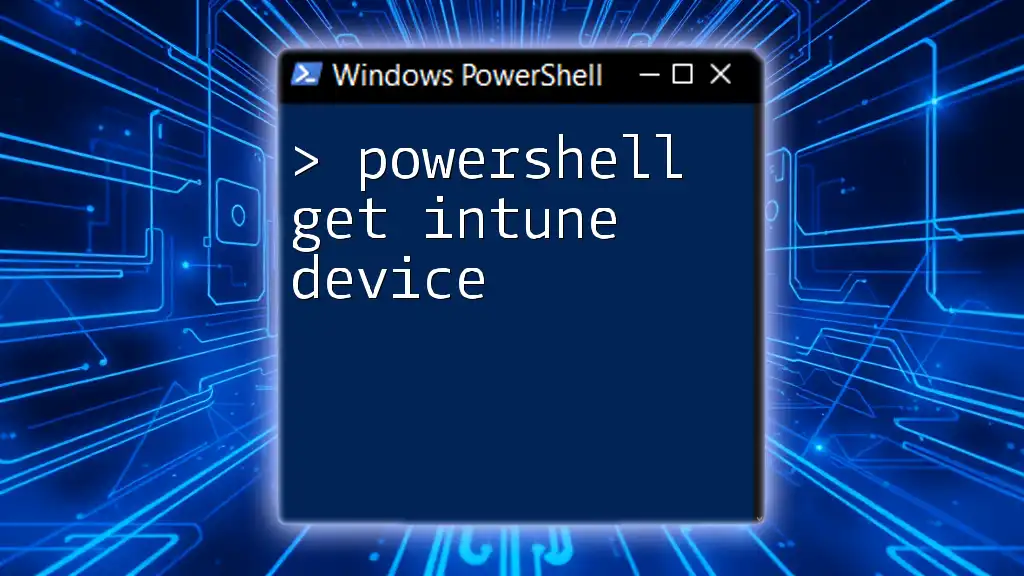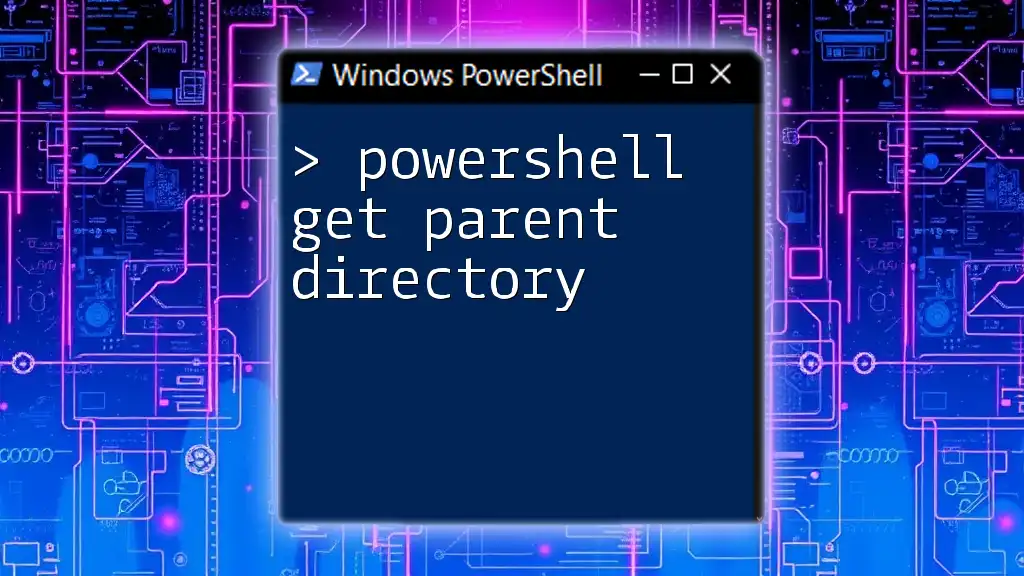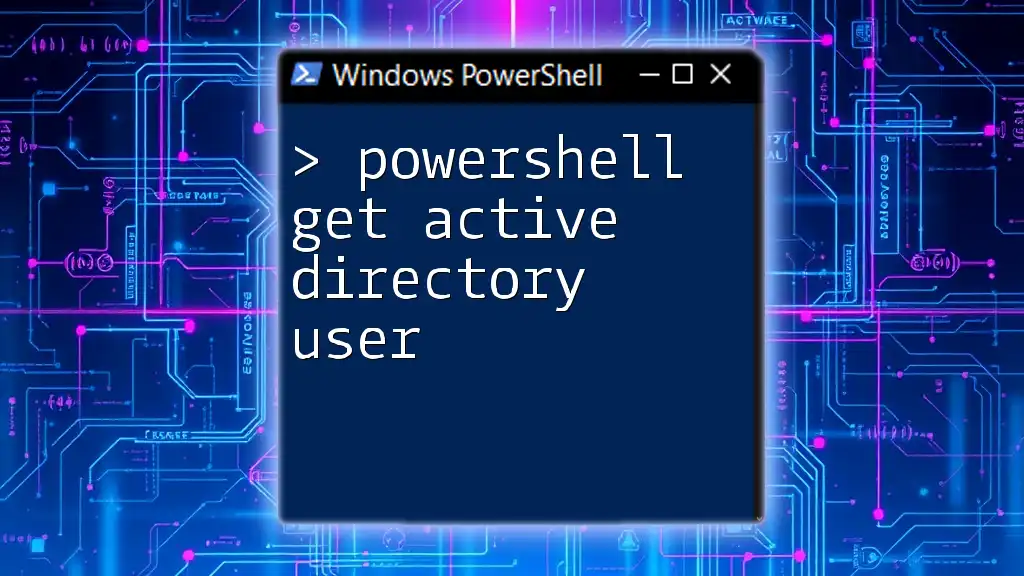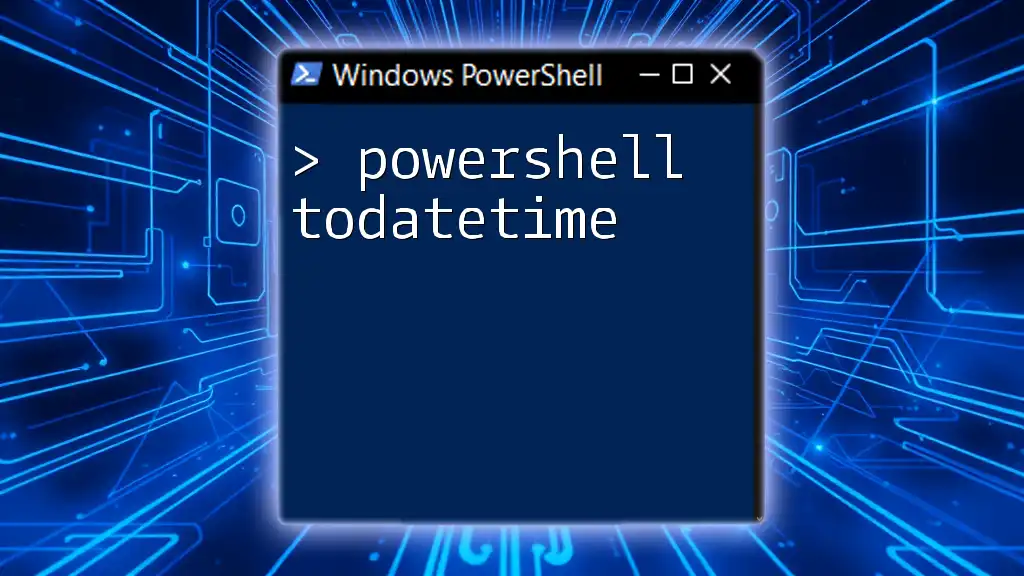To retrieve a list of devices managed by Intune using PowerShell, you can utilize the following command:
Get-IntuneManagedDevice
What is Intune?
Understanding Microsoft Intune
Microsoft Intune is a cloud-based service integrated into Microsoft's Enterprise Mobility + Security offering. Its primary purpose is to manage mobile devices and apps along with ensuring policy enforcement for security. This makes it an essential tool for organizations that wish to maintain oversight over their devices while enabling productivity.
Benefits of Using Intune
Utilizing Microsoft Intune provides several benefits, including:
- Enhanced Security Features: Intune helps organizations protect sensitive information by implementing security policies across devices, ensuring compliance with security standards.
- Centralized Device Management: With Intune, businesses can manage devices from a single platform, streamlining tasks such as software updates and configuration changes.
- Streamlined Deployment Processes: Intune allows for the easy deployment of applications and settings to multiple devices, saving time and reducing the risk of human error.
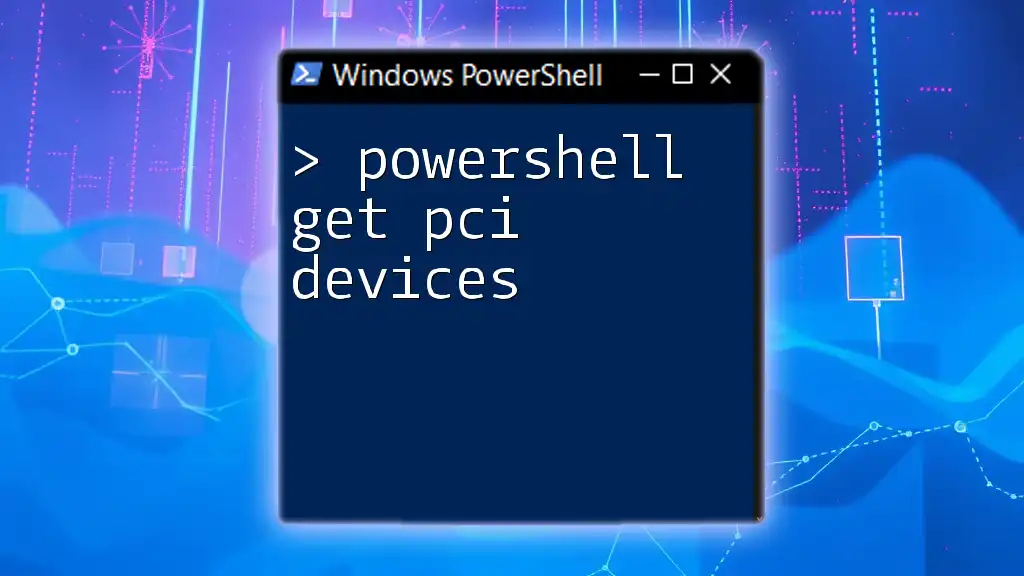
PowerShell Basics for Intune
Introduction to PowerShell
PowerShell is a powerful scripting language and shell designed specifically for system administration. To effectively manage devices using Intune, familiarity with PowerShell commands, particularly the `Get-IntuneDevice`, is essential.
Setting Up PowerShell for Intune
Before using PowerShell with Intune, ensuring that the right modules are installed and configured is critical.
Required Modules
You need to install the Microsoft Graph PowerShell SDK to access Intune functionalities within PowerShell. This can be accomplished with the following command:
Install-Module Microsoft.Graph.Intune
Authentication
After installation, you'll need to authenticate your PowerShell session to access Intune data. Use the following command:
Connect-MSGraph
This command prompts you to log in with your organizational credentials, granting you the access needed to manage devices effectively.
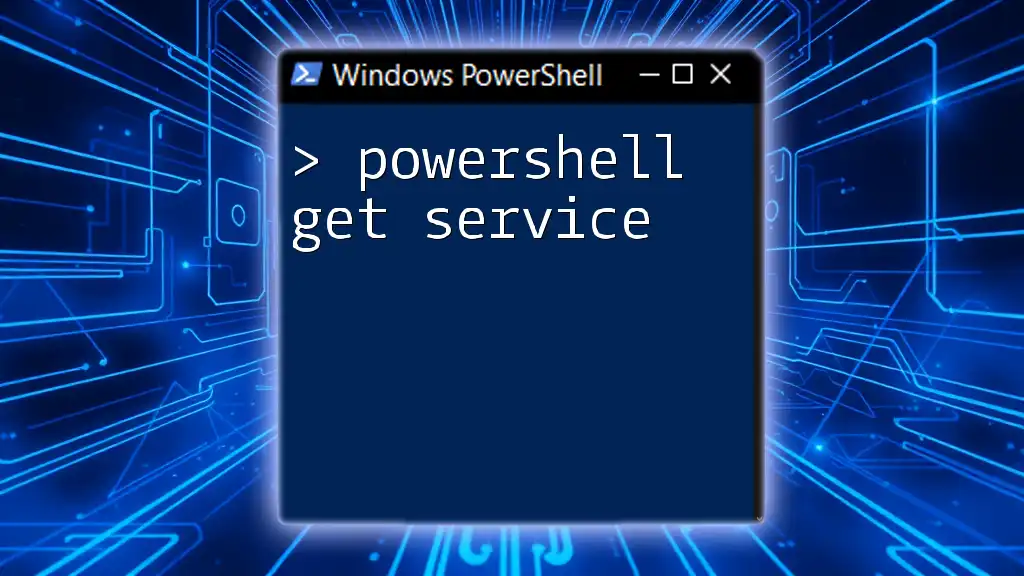
Using the Get-IntuneDevice Command
Overview of Get-IntuneDevice
The `Get-IntuneDevice` command serves to retrieve information about devices that are managed through Microsoft Intune. This command can provide a wealth of information about devices, including their compliance states, operating systems, and more.
Basic Usage of Get-IntuneDevice
To quickly view all devices managed by Intune, simply issue the following command in your PowerShell window:
Get-IntuneDevice
When executed, this command returns a list that includes various details about each device such as the device name, ID, operating system, and compliance status. This output acts as the foundation from which you can further manipulate data to meet your specific needs.
Filtering Results
Using Where-Object for Filtering
To narrow down your results based on specific criteria, you can pipe the output of `Get-IntuneDevice` into the `Where-Object` cmdlet. For example, to display only compliant devices, you would use:
Get-IntuneDevice | Where-Object {$_.complianceState -eq "compliant"}
This command outputs only the devices that meet specified conditions, allowing you to focus on just the information you need.
Sorting and Selecting Properties
Once you've filtered your devices, you may wish to sort them or select particular properties to view. For instance, to display the device name, ID, and compliance state sorted by the device name, you can run:
Get-IntuneDevice | Select-Object displayName, deviceId, complianceState | Sort-Object displayName
This command helps to organize the output for better readability and assists in identifying specific devices quickly.

Advanced Features of Get-IntuneDevice
Combining with Other Cmdlets
You can enhance the capabilities of `Get-IntuneDevice` by combining it with other cmdlets. For instance, if you need to export the device information to a CSV file for further analysis, you can use:
Get-IntuneDevice | Export-Csv -Path "IntuneDevices.csv" -NoTypeInformation
This command creates a CSV file named IntuneDevices.csv in your current directory, making it easy to share or archive device information.
Scheduling Scripts for Regular Updates
Automating PowerShell scripts to run at scheduled intervals can streamline your operations. For instance, if you wanted to run your device retrieval script automatically at regular intervals, you could set up a scheduled task:
$Action = New-ScheduledTaskAction -Execute "PowerShell.exe" -Argument "C:\Scripts\GetIntuneDevices.ps1"
This approach ensures that your device data is updated consistently without manual intervention, making your overall management more efficient.

Troubleshooting Common Issues
Common Error Messages
While using `Get-IntuneDevice`, you might encounter some common error messages, including authentication failures or inability to find the specified module. Addressing these issues typically involves checking your permissions, verifying module installations, or ensuring you are connected to the correct Microsoft Graph API instance.
Tips for Successful Execution
To run your commands effectively, follow these best practices:
- Run PowerShell as an Administrator: This grants you all the necessary permissions for executing commands without issues.
- Ensure Correct Permissions: Verify that your user account has sufficient privileges to query Intune data.
- Double-Check Syntax: Simple typographical errors can lead to unexpected results; always confirm your syntax before execution.

Conclusion
In this guide, we've explored the PowerShell Get Intune Device command and its applications in managing devices within Microsoft Intune. Understanding how to effectively use `Get-IntuneDevice` opens up new possibilities for monitoring and managing your organization's devices efficiently.
As you grow more comfortable with these commands, you'll find that PowerShell becomes an indispensable tool in your device management toolkit. Continue exploring and practicing your PowerShell skills, and don’t hesitate to refer back to this guide or seek additional resources as you advance your understanding of Intune and PowerShell.
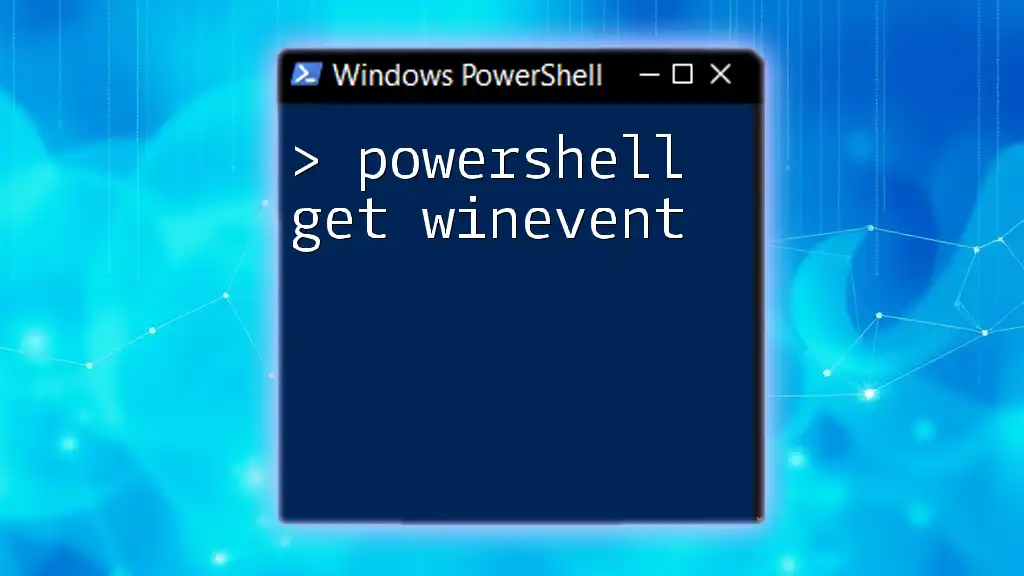
Additional Resources
For further reading, refer to the official Microsoft documentation on [Microsoft Intune](https://docs.microsoft.com/en-us/mem/intune/) and the [Microsoft Graph PowerShell](https://docs.microsoft.com/en-us/powershell/microsoftgraph/) modules. You might also benefit from online courses or community forums that offer insights and shared experiences from other PowerShell users.
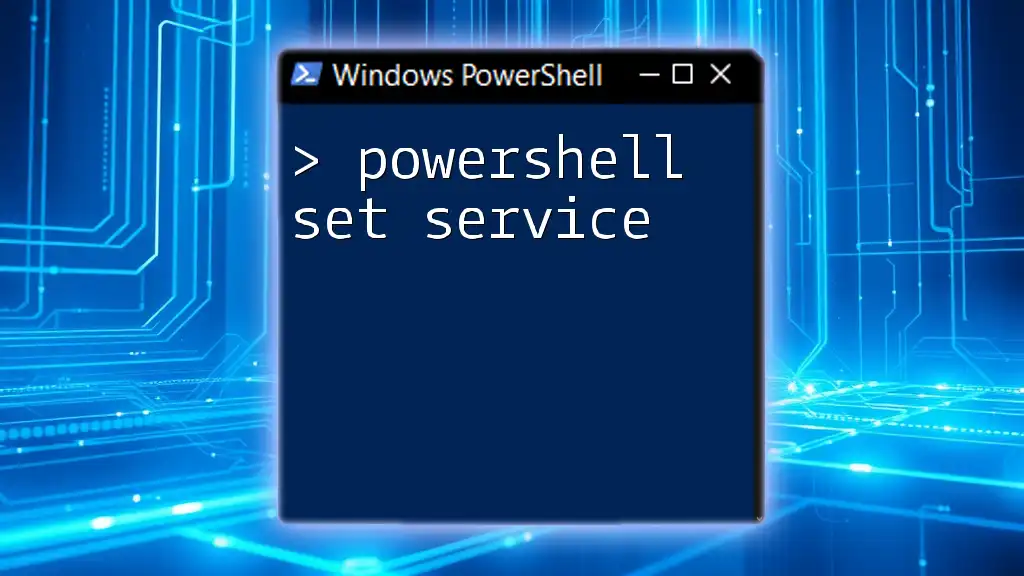
Call to Action
If you found this guide helpful, consider subscribing to our newsletter for more PowerShell tips and tricks! We invite you to share your experiences and questions in the comments section below—your input is valuable to us!

